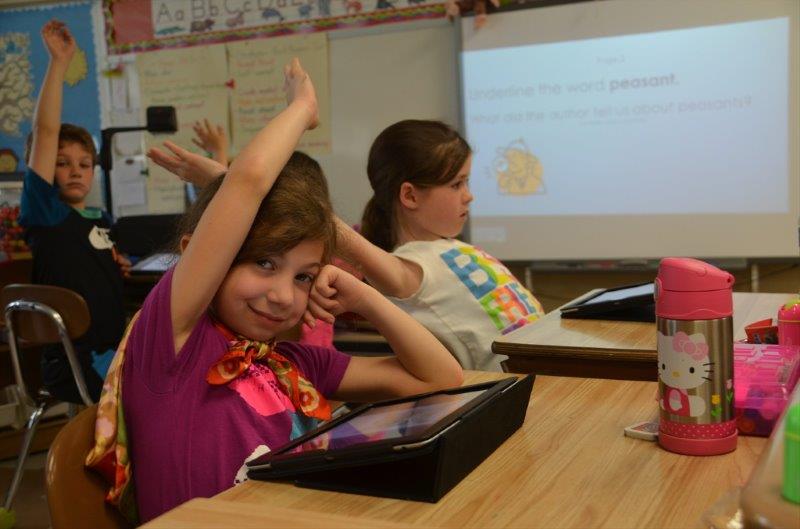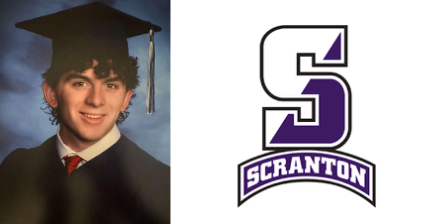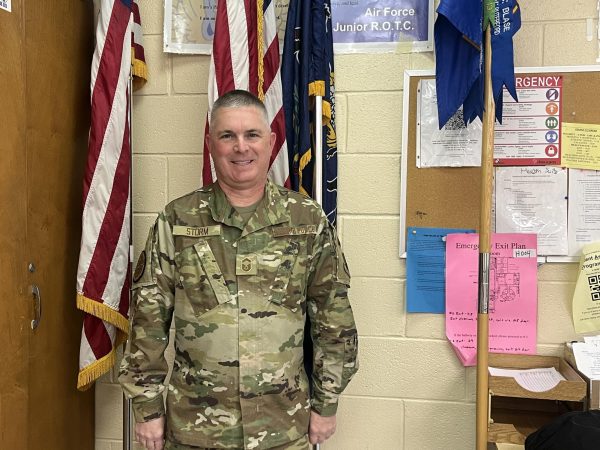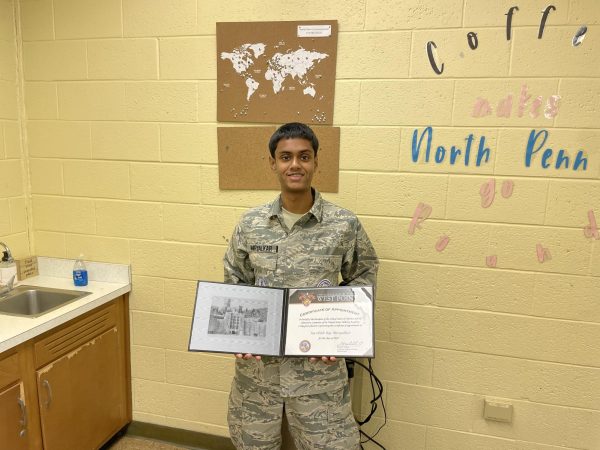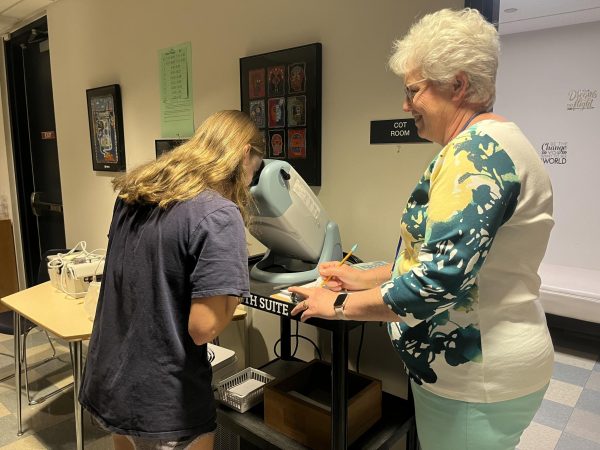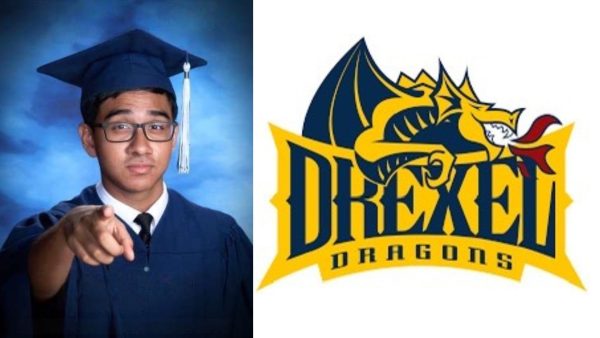iTeach with technology: technology continues to grow in the classroom
Image courtesy of NPSD.phanfare.com
TECH SAVVY – Elementary school students in the North Penn School District connect with the curriculum through educational technology
October 20, 2014
TOWAMENCIN- As teaching strategies transform and develop in order to provide students with the most influential education possible, the use of technology in the classroom has become increasingly prioritized. SMART Boards and laptop or iPad carts can be found in almost any classroom in a school. One might think the use of technology in the classroom would present a negative effect on students’ learning; however, it opens more doors than a single textbook is capable of accomplishing.
By allowing technology to be used in the classroom, an educator’s horizon of resources is immediately broadened. With up to date information, resources can be obtained instantly to expand upon or clarify a topic covered in educational instruction.
Mrs. Robin Lutcher, manager of technology at the North Penn School District Educational Services Center, explained how teachers can effectively incorporate technology in the classroom.
“Current technology allows for collaboration, investigation, creativity, and personalized learning in the classroom,” said Lutcher. “It also allows teachers to better differentiate learning with a vast array of learning options.”
The use of technology has had a significant shift in the classroom since it was first introduced. Lutcher explained that educators initially used it as a productivity tool for routine tasks and drill and practice for students who needed additional repetition. However, technology is now used to address individual needs of all students with challenging, standard based resources that link to their curriculum.
Mr. Ryan Gutsche, social studies teacher at and former student of North Penn High School, explained how technology has changed since he was a student.
“When I was a student here at North Penn, which at this point it’s been between eight and ten years, not all of the classrooms had some sort of SMART Board,” said Gutsche. “We had access to laptops, but it was often a shared laptop cart between a lot of classrooms. The iPads are new, at least since I was a student.”
The shared use of technology among many classrooms that Gutsche mentions has improved over the years. In order to fairly distribute the highly desired resource, intensive studies of classroom devices have been conducted. Lutcher revealed that in the 2012-2013 study, it was decided that mini-laptops would continue to be supplied for grades three through twelve and iPads for kindergarten through second grade. In addition, this study proved the importance of implementing a one to one environment at the elementary level beginning with second and third grade in the 2014-2015 school year. Lutcher also noted that a major priority is making sure all levels of schools in the district receive technology each year.
Technology continues to be a flourishing resource not only because of the doors it opens for teachers, but also because of the common use among the student body in a school. Using technology as a major aspect of their lives, students are presented with a comfortable exposure of using the resource in the classroom. Equipped with past experience about the technology used in school, students are able to adapt quickly when given a new device to use.
Brittany Van Strien, a sophomore at North Penn High School, believes that using technology in the classroom is a beneficial addition to education.
“I feel using technology is very helpful in the classroom,” explained Van Strien. “It can provide us [students] with simulations in science and other aspects of different subjects. In other words, I enjoy using technology in the classroom.”
Although technology is commonly agreed upon to have an overall positive effect in the classroom, there are still lingering feelings that explain why it shouldn’t replace traditional strategies of teaching.
The use of tangible textbooks seems to be diminishing as online textbooks replace the burden of lugging a textbook between school and home.
Gutsche explained his feelings on the topic of using print and online textbooks.
“Me, personally, I still like having the print textbook,” commented Gutsche. “But, I think having an online textbook would be a great tool to just be available to students because then it’s the best of both. If they prefer the actual textbook, great. If they just want to look at it online, that’s great, too. It saves the trouble of having to bring a textbook home, if you leave it at school or anything like that. I mean it would be great to have both formats available.”
However, the view of a teacher is a bit different from that of a student. Van Strien completely prefers the use of a print textbook over the use of an online textbook.
“I prefer to use an actual textbook rather than an online textbook because I find it more useful to read off of something tangible rather than online text,” explained Van Strien. “It also allows [me] to move through the sections without much trouble. In addition, reading online can affect your eyes after a while, so I rather use a textbook where that isn’t a problem.”
Using such vast amounts of technology in a school district presents the problem of constant maintenance. Without preserving the valuable resource, the constructive effects of it would never be experienced in the classroom.
Lutcher explained some of the crucial upkeep that must be completed in order to allow the technology to perform in its best state possible.
“Computers and iPads need to be updated frequently with either the operating system or software needs to be refreshed,” said Lutcher. “While this takes time, it allows the equipment to operate at an optimum level, which benefits classroom instruction. Technology offers more options for students than a print text book and also provides currently information. Decisions about technology purchases and implementation are based on meeting curriculum needs.”
While the maintenance that technology presents in classrooms throughout a school district may be tedious, the work is well worth the general outcome. Teachers are exposed to more up to date resources that technology quickly presents them with as students’ knowledge is expanded upon their curriculum. As technology continues to make its way through different aspects of life, it’s easy to understand why it continues to be a preferred use in the classroom.


